We all arose and had the continental breakfast before departing, with our first stop being Modesto.
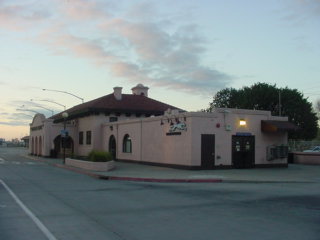
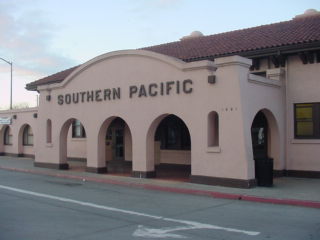
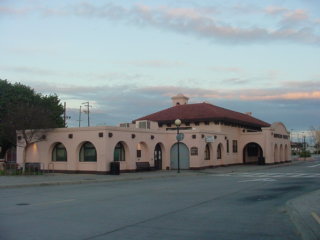
The Modesto Southern Pacific station, built in 1915, now part of the Modesto Transportation Center. Next we went in search of the Modesto & Empire Traction Railroad shops and finally found them.
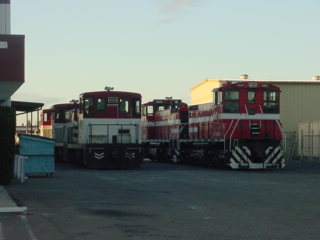
Modesto & Empire Traction 70 ton switcher 600 built by General Electric in 1947, SW1500 1500 (ex. Vancouver Wharves 821:2, nee St. Louis-Southwestern 2491 built by Electro-Motive Division in 1968) and 1501 (ex. Vancouver Wharves 823, nee St. Louis-Southwestern 2489 built by Electro-Motive Division in 1968.
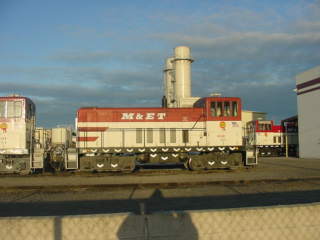
On the other side of the shop building was Modesto and Empire Traction 70 ton switcher 601 built by General Electric in 1949.
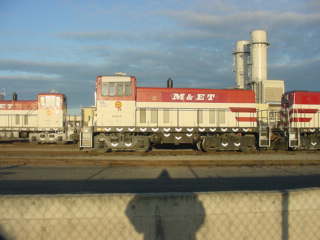
Modesto and Empire Traction 70 ton switcher 603, nee Cherry River Boom and Lumber 2 built by General Electric in 1955. Cherry River Boom and Lumber was a West Virginia company.
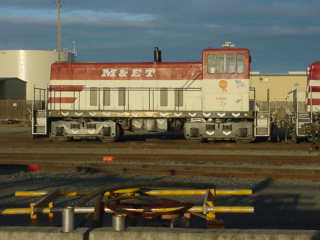
Modesto and Empire Traction 70 ton switcher 605, ex. South West Portland Cement 405, nee Modoc Northern 5 built by General Electric in 1947.
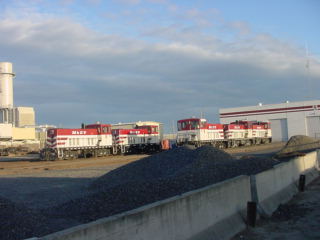
The Modesto and Empire Traction line of engines.
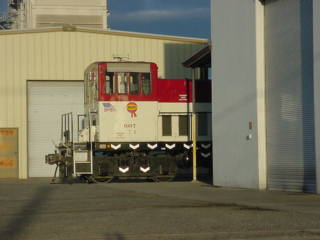
Modesto and Empire Traction 70 ton switcher 607, nee Oregon, Pacific and Eastern 10 built by General Electric in 1952. From here we drove Ken to the Modesto Amtrak station where he would catch San Joaquin 712.
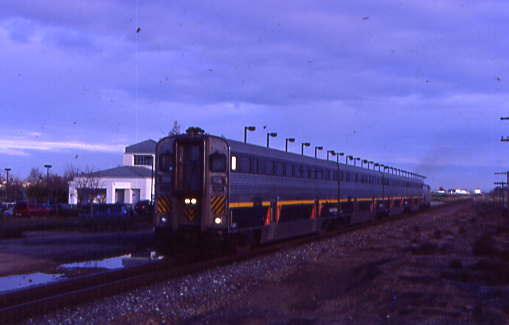
Before leaving, we caught San Joaquin 702 on its Sacramento-to-Bakersfield run this morning then started south on J7 along the BNSF.
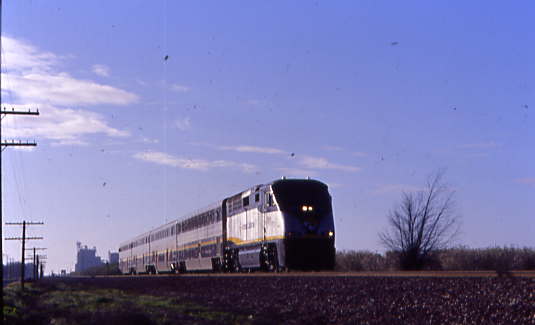
San Joaquin 711 was caught just above Denair-Turlock and we drove into Turlock to find the station there.
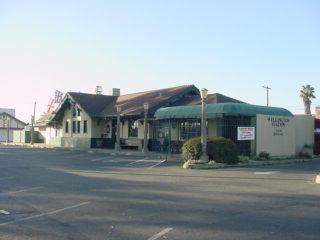
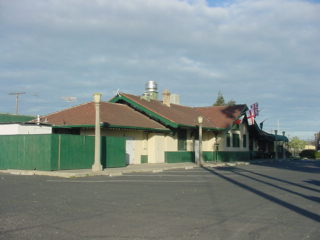
The Turlock Southern Pacific station, built in 1910, is now the Wellington Station Pub and Restaurant. From here we drove south to Chowchilla and drove into town for the first time to find that the station had been moved.
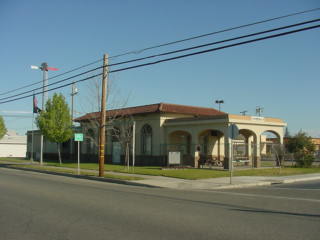
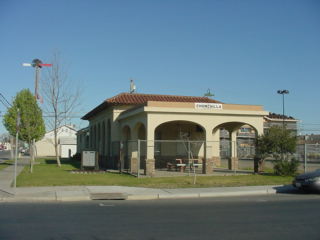
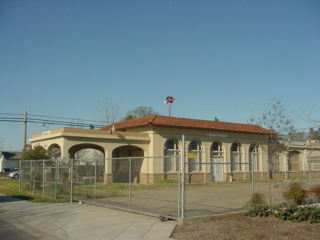
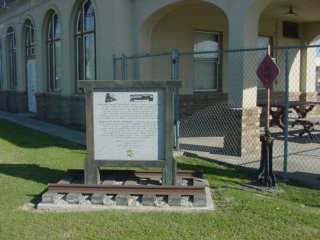
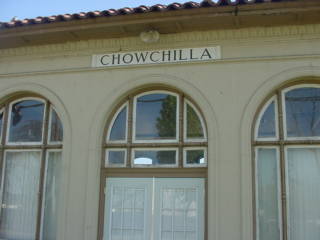
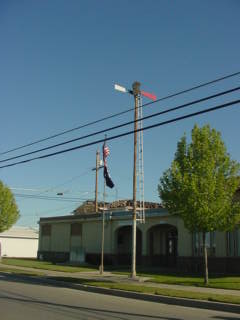
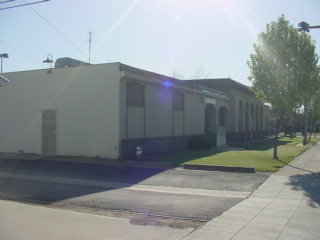
The former Southern Pacific Chowchilla station, built in 1913 is now VFW Post 9896. We stopped for snacks before continuing to Madera.
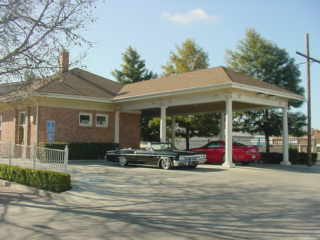
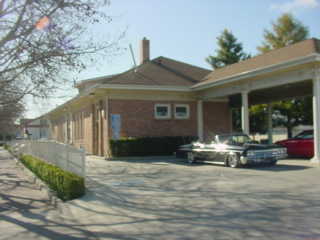
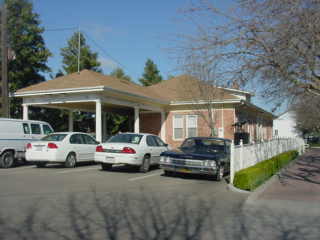
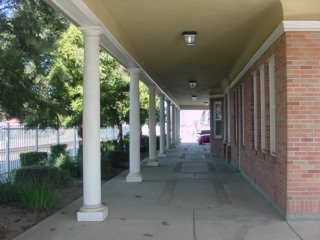
The Southern Pacific Madera station is now the Madera Chamber of Commerce. We continued our journey south, stopping at the Southern Pacific yard in Fresno.
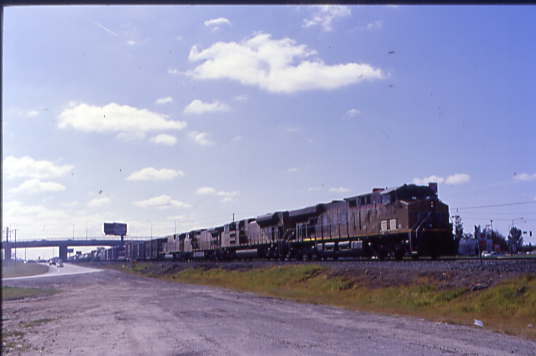
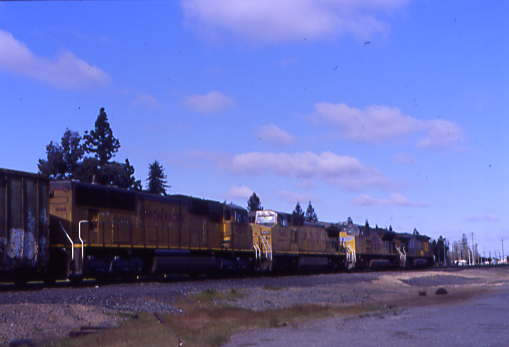
A Union Pacific freight leaving Fresno Yard; we then drove along the yard's east side.
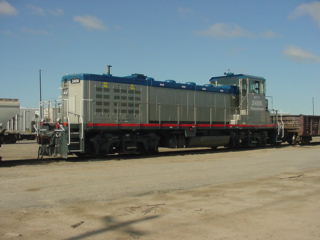
A former Amtrak switcher from Los Angeles was still here.
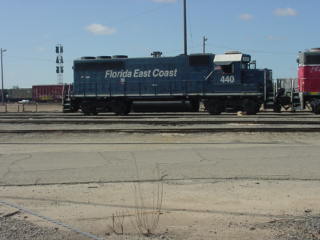
The San Joaquin Valley Railroad, part of Rail America, had family member Florida East Coast GP40 440, ex. SOO Line 4649, exx. Milwaukee Road 2023, nee Milwaukee Road 197 built by Electro-Motive Division in 1966, in the yard.
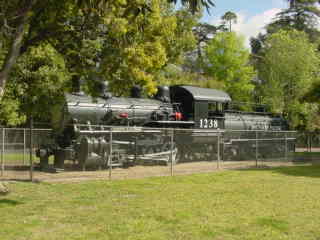
Southern Pacific 0-6-0 1238 built by Baldwin in 1918, sits on display in Roeding Park in Fresno.
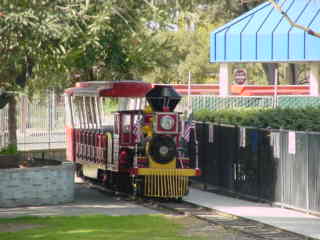
The park also has this miniature train which I plan to ride in the future. We drove south to the BNSF mainline south of Hanford hoping to find some trains moving.
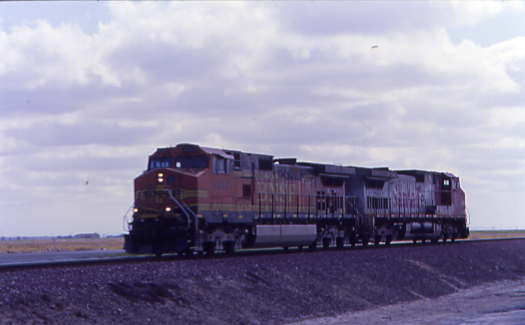
A bright headlight north of Allensworth turned out to be just two light BNSF units. We pulled into Allensworth State Park and by the entrance is the former station.
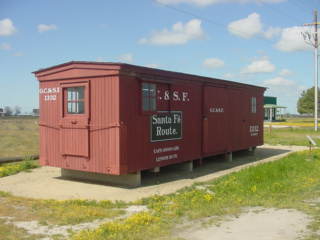
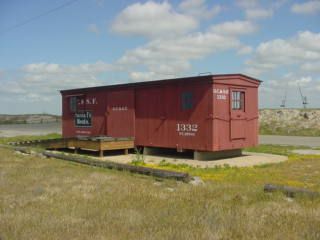
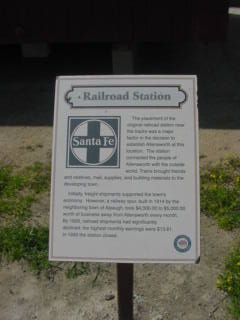
Gulf, Colorado and Santa Fe wooden boxcar 1332. The groundskeeper then opened it for us.
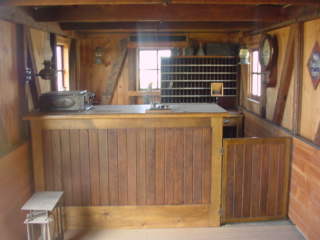
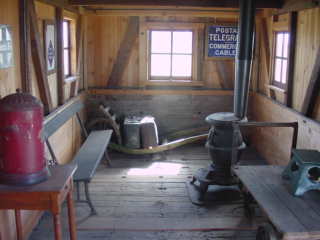
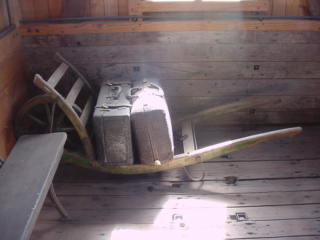
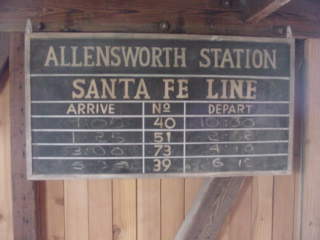
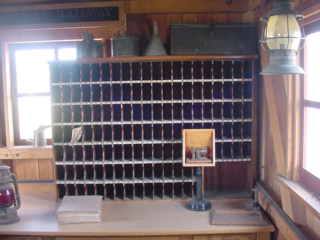
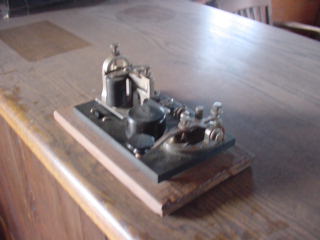
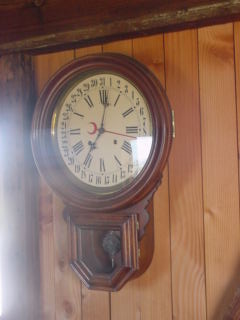
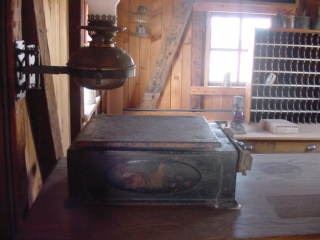
It was very interesting to see all these items saved in the 21st Century. After talking and thanking our host, we proceeded south but almost immediately saw another headlight coming our way.
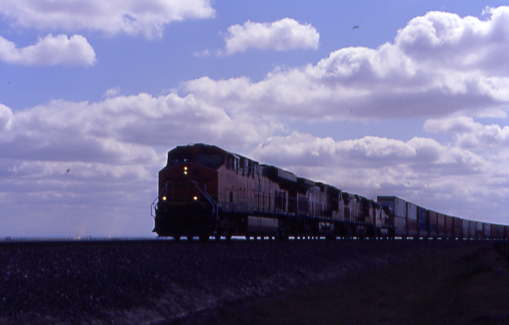
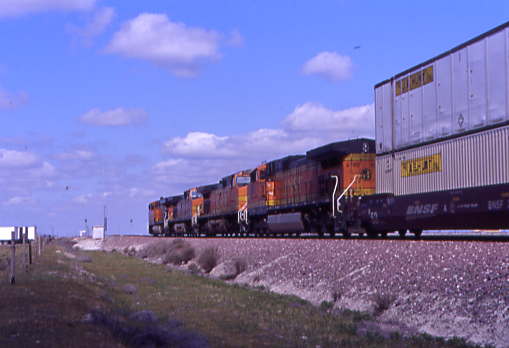
A BNSF stack train would be the last moving train of the day for us, but at the time, we did not know that.
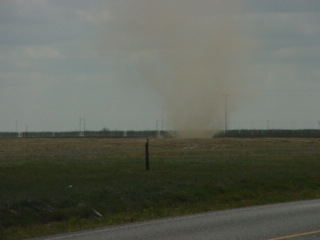
A dust devil danced for us just north of Wasco then we made our way over to Famoso on California Highway 99.
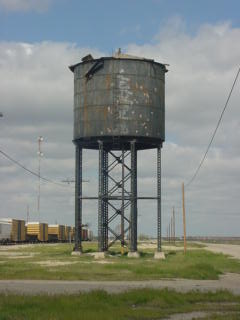
The old Southern Pacific water tower still stands in Famoso.
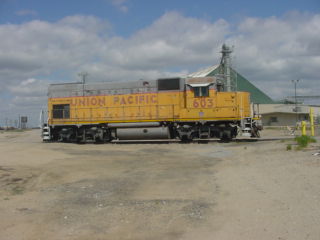
Union Pacific GP15 603, ex. Union Pacific 1603, nee Missouri Pacific 1603 built by Electro-Motive Division in 1977. From here we drove to Bakersfield.
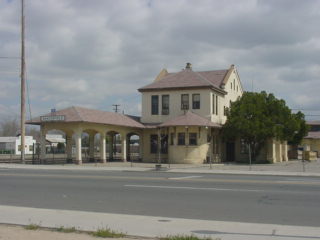
The street side view of the Southern Pacific Bakersfield station, built in 1889. Our next stop would be Edison.
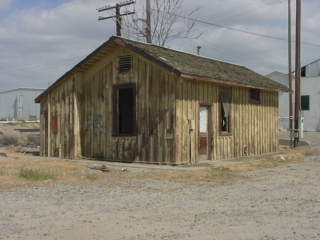
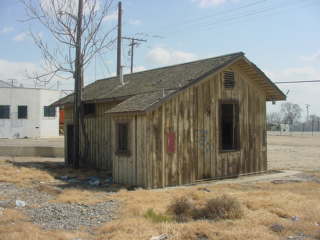
The former Edison Southern Pacific freight house appeared to be just a shack until one looks closer. Edison was a joint Southern Pacific-Santa Fe agency and originally maintained a full time agent. Outbound traffic consisted of potatoes (May-July), grapes (July-December), citrus fruit (October-March) and wine. As traffic dwindled the agency became seasonal only; primarily to serve the potato rush. Edison was originally known as Wade. A siding was established there around 1884-1885.
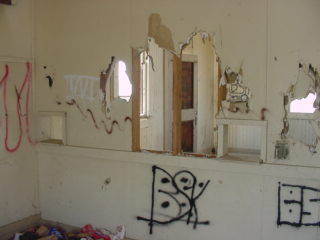
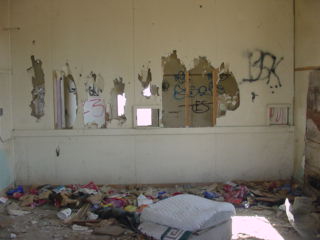
The interior of the station.
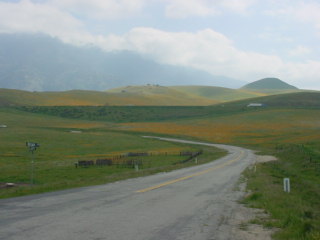
The wildflowers were in bloom on the lower reaches of the Tehachapi Mountains.
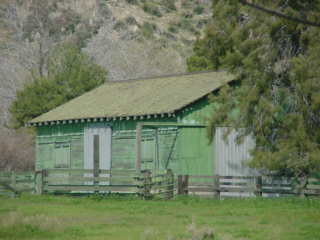
The freight portion of the former Caliente Southern Pacific station was moved nine-tenths of a mile east of the railroad crossing on Caliente-Bodfish Road, and is now a barn.
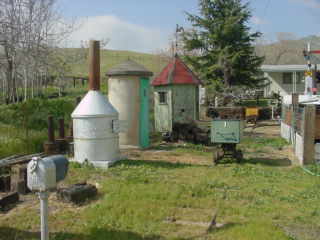
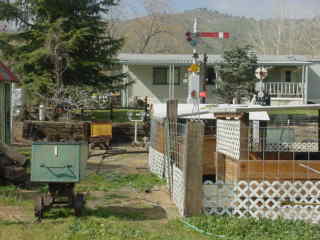
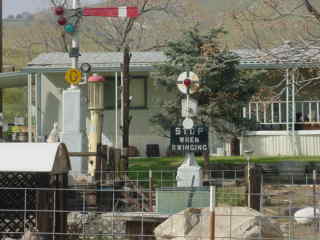
This residence obviously belongs to a railfan who has created a display here in Caliente. We drove to the Tehachapi Loop, had no trains, then followed that road into the town of Tehachapi.
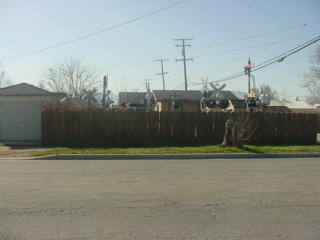
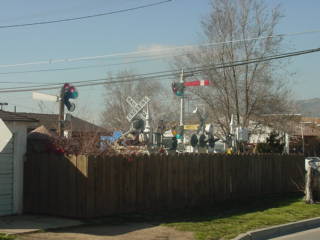
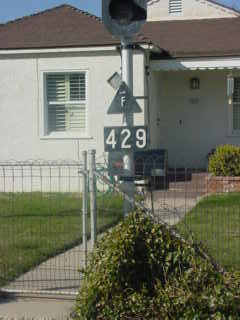
This yard in Tehachapi provided more views of railroads in the past. We then returned to Los Angeles Union Station after stopping to fill the car with petrol. At the Garden Tracks, Chris worked out what everyone owed for the trip before we left. Dave Abbott and Chris drove to the south end where I then walked over to Pacific Surfliner 590 and took that home to Santa Ana. It had been another fantastic Winterail trip and makes me look forward to next year's adventure.
| RETURN TO THE MAIN PAGE |